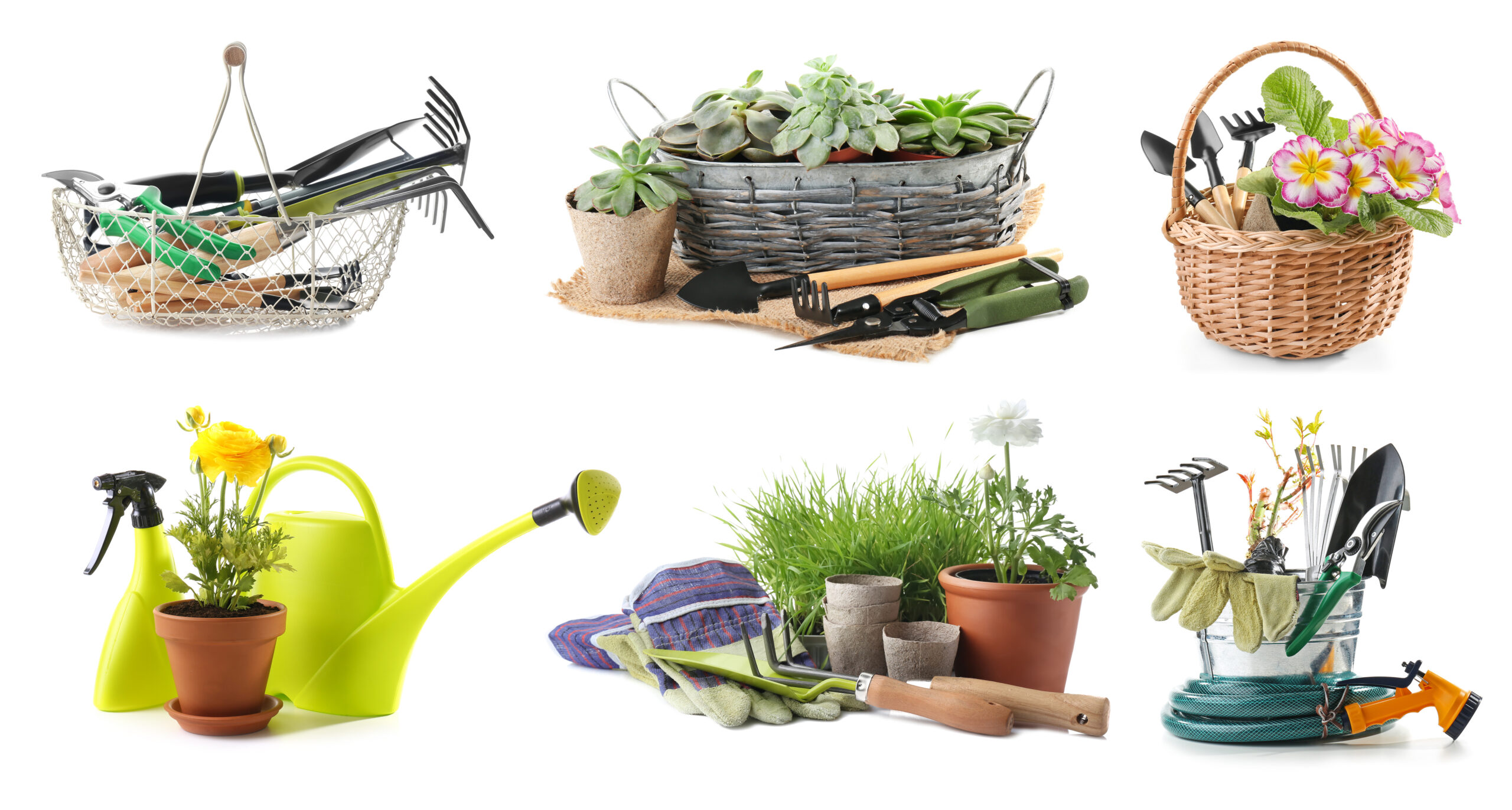
Embracing Vertical Dimension
Layering in garden design involves planning your garden in vertical layers to create a rich, textured landscape that captures interest at every level. From tall trees to medium-sized shrubs, all the way down to ground cover and everything in between, each layer contributes to a dynamic and visually appealing garden. This approach not only maximizes the use of space but also mimics natural ecosystems, promoting biodiversity.
Starting with the Canopy Layer
The canopy layer, consisting of the tallest trees in your garden, provides shade and structure. It sets the stage for the rest of the garden, creating microclimates underneath where shade-tolerant plants can thrive. When selecting trees, consider their mature size, growth rate, and the shape of their canopy, as well as their seasonal interest in terms of foliage, flowers, and fruit.
Incorporating an Understory of Shrubs
Beneath the canopy, the understory layer of smaller trees and large shrubs adds depth and fills the space between the taller trees and the ground. This layer can include flowering shrubs, fruit bushes, and evergreens, offering variety in textures, colors, and blooms. The understory plays a crucial role in the garden ecosystem, providing habitat and food for wildlife.
Adding Perennial and Annual Flowers
The next layer down includes herbaceous perennials and annuals, which bring vibrant color and diversity to the garden. Planting in groups or drifts of the same species can create visual impact and cohesion. Consider the bloom time of each plant to ensure a succession of flowers throughout the growing season, maintaining continuous interest in the garden.
Ground Cover for Cohesion and Weed Suppression
Ground cover plants form the lowest layer, covering the soil, suppressing weeds, and preventing erosion. These plants can vary from low-growing flowers to creeping foliage plants, filling gaps and providing a lush, green carpet that ties the garden together. Ground covers also help retain soil moisture and provide habitat for ground-dwelling creatures.
Incorporating Bulbs for Seasonal Surprises
Bulbs planted among other layers can offer delightful seasonal surprises, emerging in spring or summer to add bursts of color. Since bulbs are dormant for much of the year, they can be easily integrated among perennials and ground covers without competing for space. Bulbs like tulips, daffodils, and alliums can provide early interest before the full flush of summer blooms.
Designing with Texture and Movement
Beyond color, incorporating a variety of textures and plants that move with the breeze adds another dimension to the garden. Grasses, ferns, and plants with feathery foliage can soften the landscape and create a sense of movement, enhancing the sensory experience of the garden.
Focusing on Focal Points
While layering creates a rich tapestry, having focal points such as a striking tree, sculpture, or water feature can draw the eye and provide a restful spot within the garden. These focal points can anchor the design, offering balance amidst the diversity of plants.
Planning for Growth and Change
A layered garden evolves over time as plants grow and seasons change. Planning for this evolution by understanding the mature size of plants and their growth habits ensures the garden remains balanced and beautiful. Regular maintenance, such as pruning and dividing, helps maintain the structure and health of each layer.
Layering in garden design is an art that combines aesthetics with ecological principles, creating spaces that are not only beautiful but also supportive of wildlife and sustainable in practice. By thoughtfully selecting and arranging plants in layers, gardeners can craft outdoor spaces that offer depth, variety, and year-round interest.


